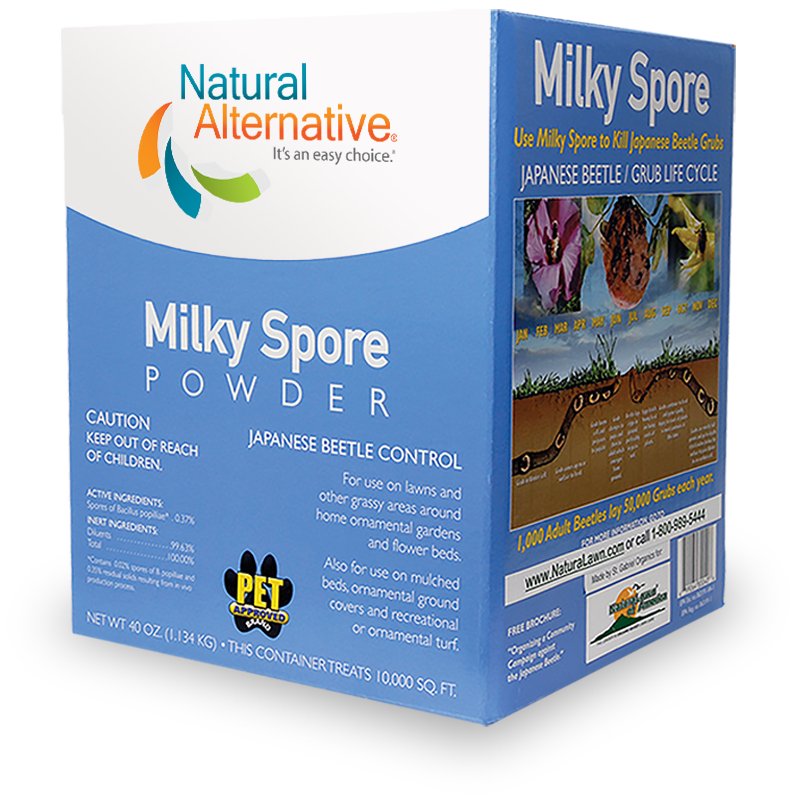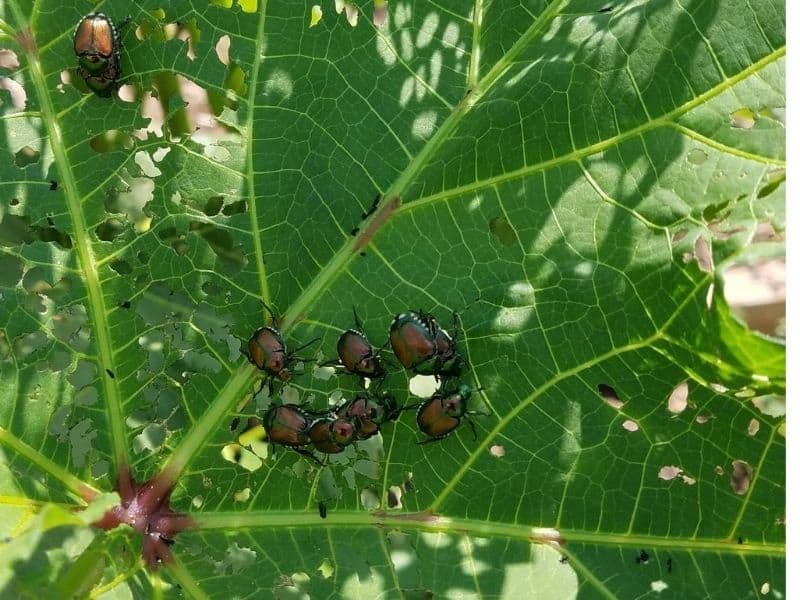

But, recent concern on the impact that these products have on insect pollinators resulted in the passage of the Pollinator Protection Act of 2016 by the Maryland General Assembly. Imidacloprid (Merit and other numerous trade names), has been widely used for grub control since 1994.Only treat turf areas that are damaged by grubs and not the entire lawn.Insecticides that are labeled for white grub control have provided excellent control when applied properly.This product may be difficult to find on the market. Based on a number of university studies moderate control levels (70-80%) for Japanese beetle and masked chafer grubs occurred when applied to early instar grubs (July to early August). Recently a new strain of Bt was introduced for white grub control and is commercially available as GrubGONE (Bt ‘galleriae’).

This endotoxin reduces insect feeding and results in insect death.
Milky spore grub control professional#
They are available to professional lawn care companies. This species has a longer shelf life and refrigeration is not necessary, although it is recommended to store it at temperatures of 40-60 degrees F.
Milky spore grub control update#

Numerous factors such as rainfall, temperature, to shelf life of the biological control products affect results. Control varies and typically excellent control rarely occurs with these products.

You may need to do some repair with overseeding. They eat grubs and aerate lawn naturally with their digging. Be tolerant of skunks if they are present in your area. As a homeowner, you can increase natural control by limiting any insecticide applications and promoting a diverse plant community that will attract parasitoids and predatory insects.In most cases, natural control will keep this pest under damaging threshold levels. The occurrence of white grub damage is often sporadic over a given area and over a given time period.There are a number of different control programs for reducing white grub damage in turfgrasses and using the principles of integrated pest management (IPM) is the most prudent and efficacious way to deal with preventing damage and mitigating any current damage by white grubs.


 0 kommentar(er)
0 kommentar(er)
